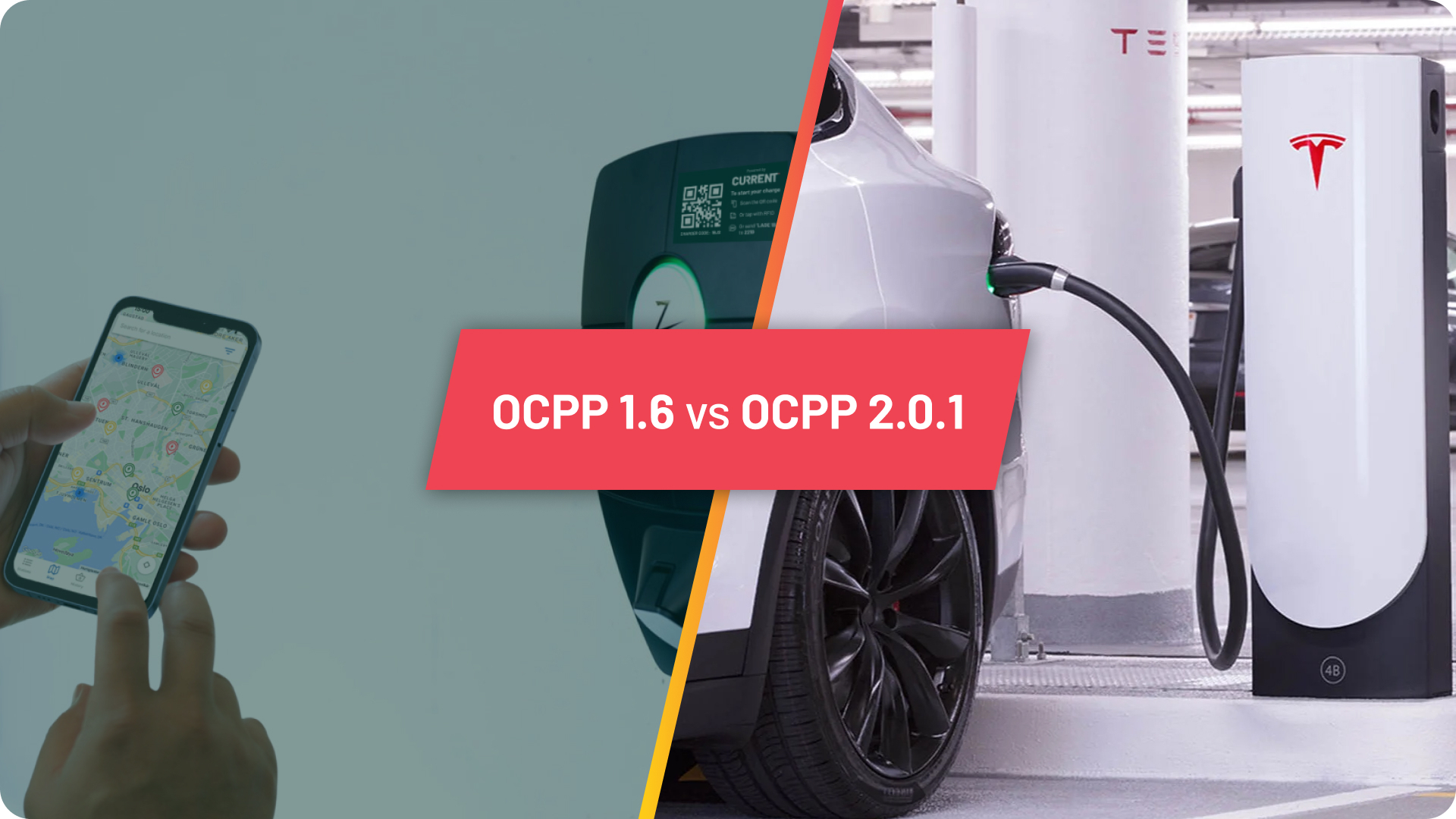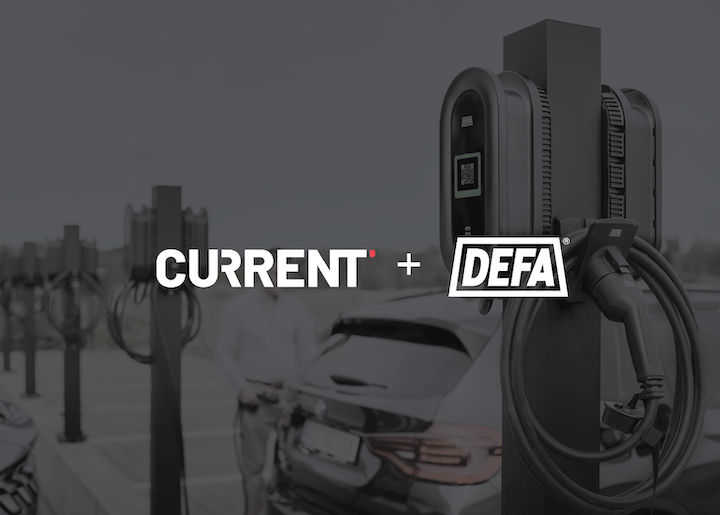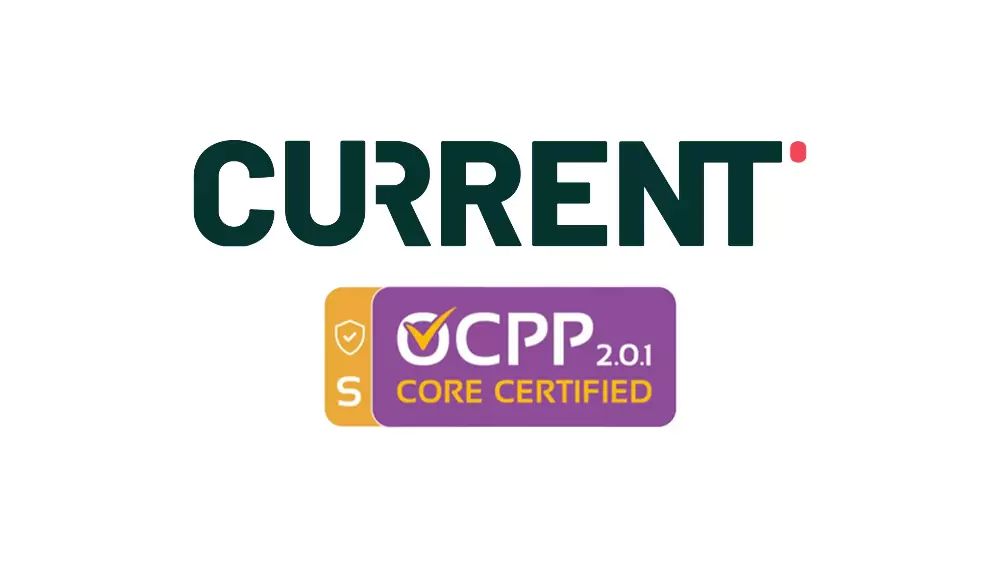
As the world shifts towards sustainable energy solutions, electric vehicle (EV) charging has become a crucial infrastructure component. At the heart of this infrastructure is the Open Charge Point Protocol (OCPP), a universal protocol for communication between EV charging stations and a central system. But with multiple versions available, it's essential to understand the distinctions between OCPP 1.6 and OCPP 2.0.1. Leveraging SEO best practices, this article will delve into the key differences between these two versions, aiding stakeholders in making informed decisions.
1. Introduction to OCPP
The rapid surge in electric vehicle (EV) adoption worldwide underscores the critical need for a robust and integrated charging infrastructure. Central to this is the Open Charge Point Protocol (OCPP). Initiated by the Open Charge Alliance, OCPP stands as a key standard for EV charging compatibility. What sets OCPP apart is its dedication to creating a universal standard. This means that regardless of the manufacturer or model of the charging station, or the central system it communicates with, there's a consistent language and methodology at play. In essence, OCPP eliminates the barriers of proprietary systems, ensuring that no matter where an EV driver chooses to charge their vehicle, the process is smooth, efficient, and standardized.
This protocol doesn't just benefit EV drivers. For manufacturers, it removes the constraints of creating hardware that is bound to a specific software. For operators, it simplifies the process of managing diverse charging points. For developers, it presents a standardized set of rules and messages, making software development more streamlined. As we dive into the nuanced differences between OCPP 1.6 and OCPP 2.0.1, it's essential to keep in mind this foundational goal of OCPP: to drive seamless connectivity and integration across the vast and varied landscape of EV charging.
2. The Evolution: OCPP 1.6
OCPP 1.6, released in 2015, became a popular choice for charge point operators and manufacturers due to its comprehensive set of features:
- SOAP and JSON Support: OCPP 1.6 introduced both SOAP and JSON messaging, giving developers flexibility in integration and deployment.
- Smart Charging: This version offered basic smart charging capabilities, allowing stations to adjust the power level based on grid conditions or user preferences.
- Reservations: OCPP 1.6 enabled users to reserve charging slots, enhancing the EV driver's experience.
3. The Revolution: OCPP 2.0.1
Advancing from its predecessor, OCPP 2.0.1, rolled out in 2019, brought forth groundbreaking improvements:
- Enhanced Security: Addressing security concerns was a prime focus of OCPP 2.0.1. It introduced support for WebSocket Secure (WSS) and Transport Layer Security (TLS), ensuring encrypted and secure communications.
- ISO 15118 Support: This allowed for Plug and Charge (PnC) capabilities, letting EVs and charging stations authenticate and authorize without requiring physical input from the driver.
- Advanced Smart Charging: OCPP 2.0.1 took smart charging to a new level, offering detailed energy profiles, power limits, and charging schedules.
- Improved Diagnostics and Monitoring: With OCPP 2.0.1, operators can retrieve detailed diagnostic data, ensuring optimal performance and swift troubleshooting.
- Display Messages: The protocol enabled the central system to send messages for display at the charging station, enhancing user communication.
4. Deciding Between OCPP 1.6 and OCPP 2.0.1
The choice between OCPP 1.6 and OCPP 2.0.1 hinges on several factors that stakeholders need to evaluate. Security requirements play a pivotal role, with OCPP 2.0.1 emerging as a clear frontrunner given its enhanced encryption and secure communication capabilities. However, while OCPP 2.0.1 is replete with advanced features, its adoption might also involve more intricate integration processes. Thus, stakeholders should meticulously assess their existing infrastructure and gauge the compatibility needs before making a decision. Moreover, if the primary objective is to deliver a superior EV driver experience, especially with cutting-edge features like Plug and Charge and refined smart charging, OCPP 2.0.1 would be the most suitable choice.
5. Conclusion
Both OCPP 1.6 and OCPP 2.0.1 have their unique strengths. As the EV charging landscape continues to evolve, understanding these differences will be paramount in driving adoption and ensuring user satisfaction. Whichever version stakeholders opt for, the goal remains the same: facilitating a smooth, efficient, and user-friendly EV charging experience.
If you are interested in learning more about how our OCPP-compliant platform can help your business contact us.



